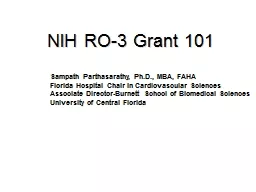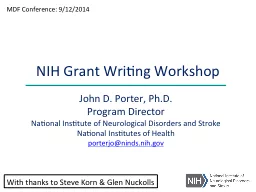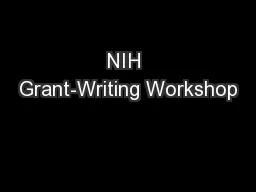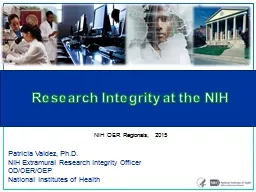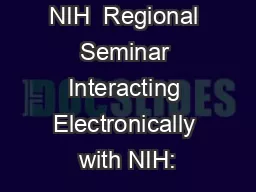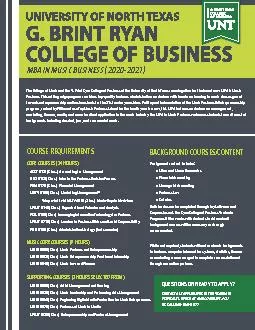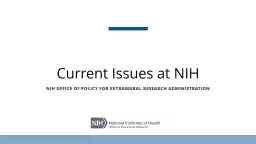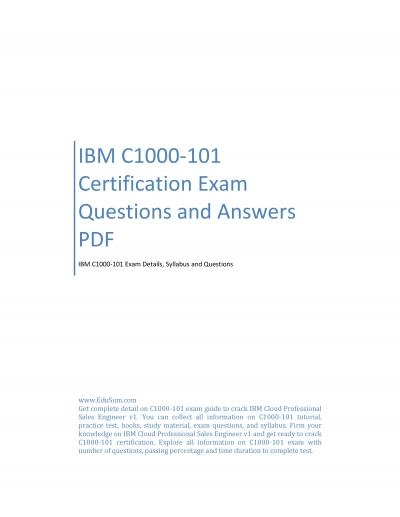PPT-NIH RO-3 Grant 101 Sampath Parthasarathy, Ph.D., MBA, FAHA
Author : aaron | Published Date : 2018-02-09
Florida Hospital Chair in Cardiovascular Sciences Associate DirectorBurnett School of Biomedical Sciences University of Central Florida Right reasons Feel grant
Presentation Embed Code
Download Presentation
Download Presentation The PPT/PDF document "NIH RO-3 Grant 101 Sampath Parthasarathy..." is the property of its rightful owner. Permission is granted to download and print the materials on this website for personal, non-commercial use only, and to display it on your personal computer provided you do not modify the materials and that you retain all copyright notices contained in the materials. By downloading content from our website, you accept the terms of this agreement.
NIH RO-3 Grant 101 Sampath Parthasarathy, Ph.D., MBA, FAHA: Transcript
Download Rules Of Document
"NIH RO-3 Grant 101 Sampath Parthasarathy, Ph.D., MBA, FAHA"The content belongs to its owner. You may download and print it for personal use, without modification, and keep all copyright notices. By downloading, you agree to these terms.
Related Documents

